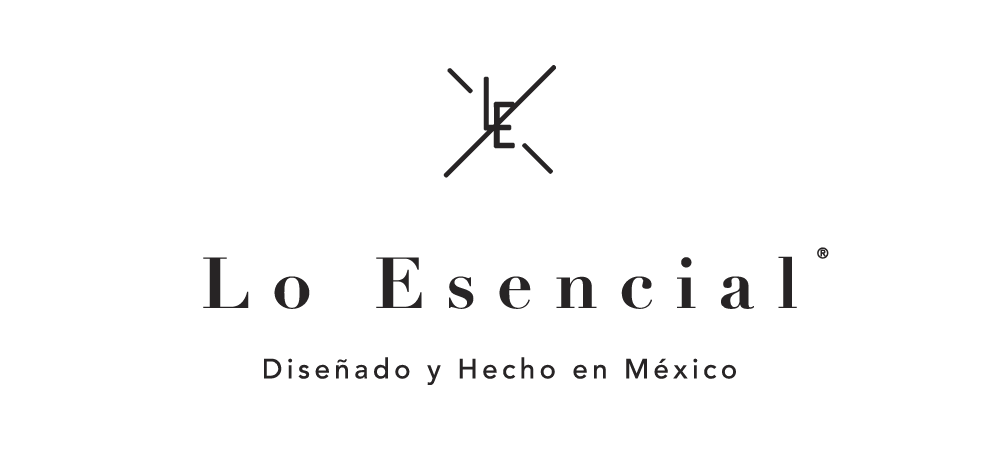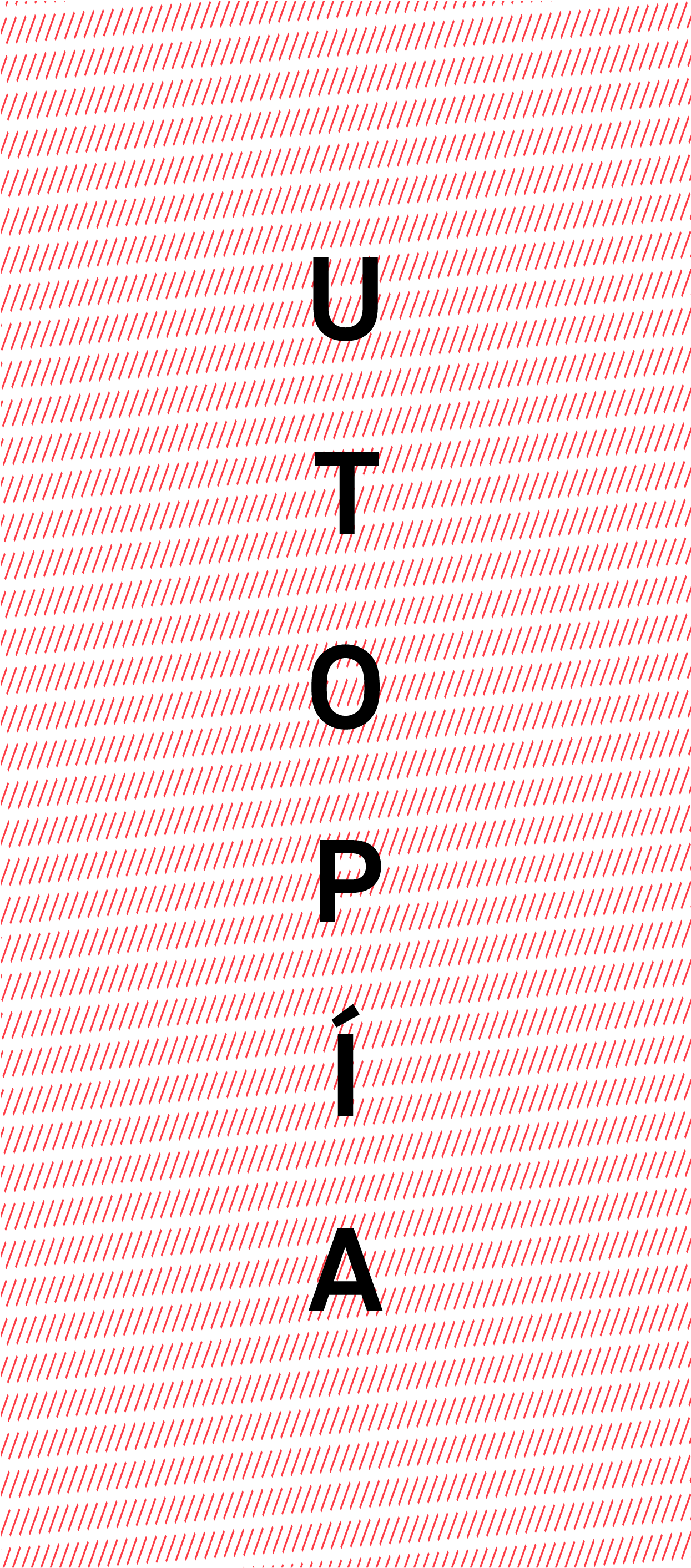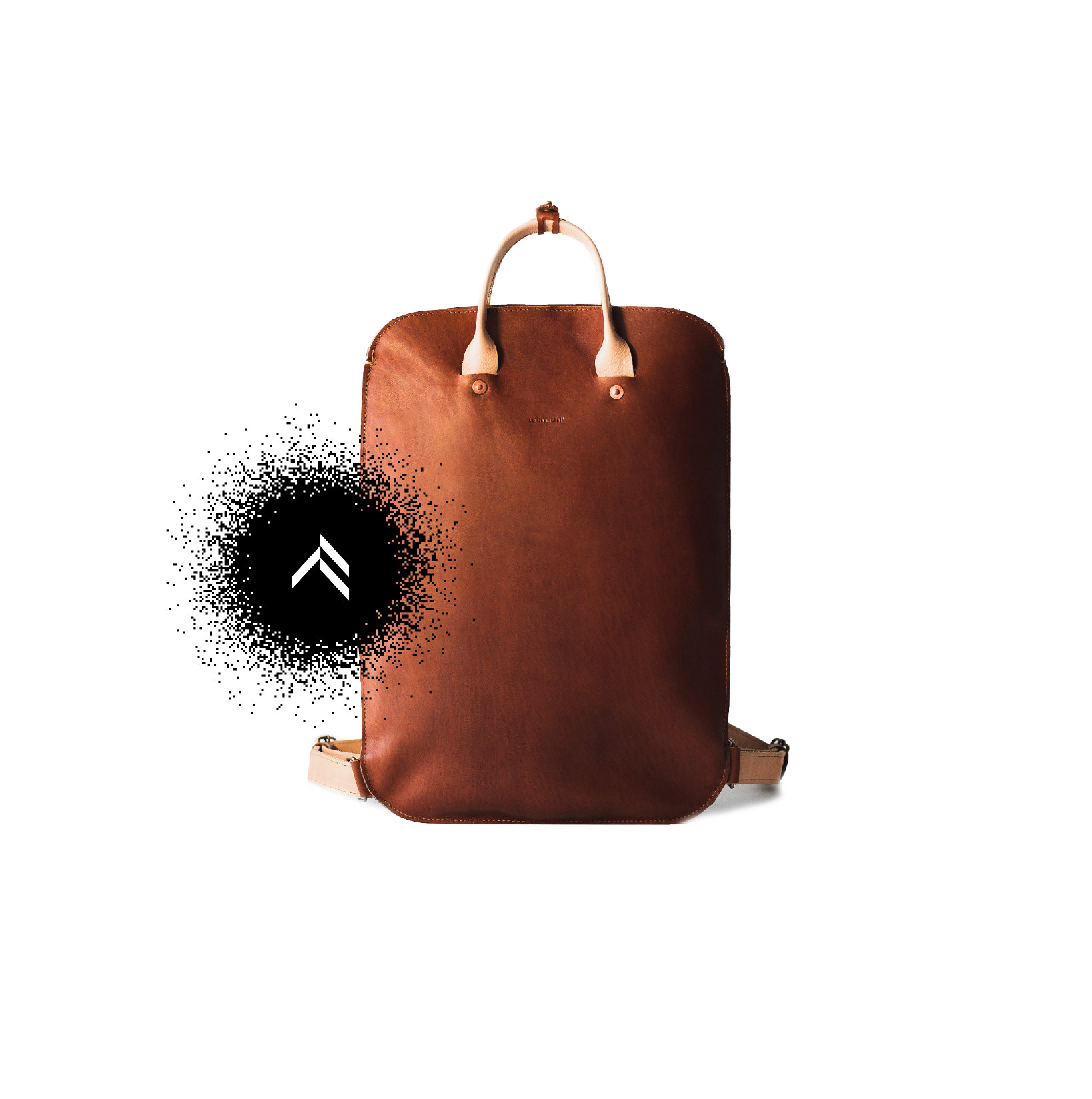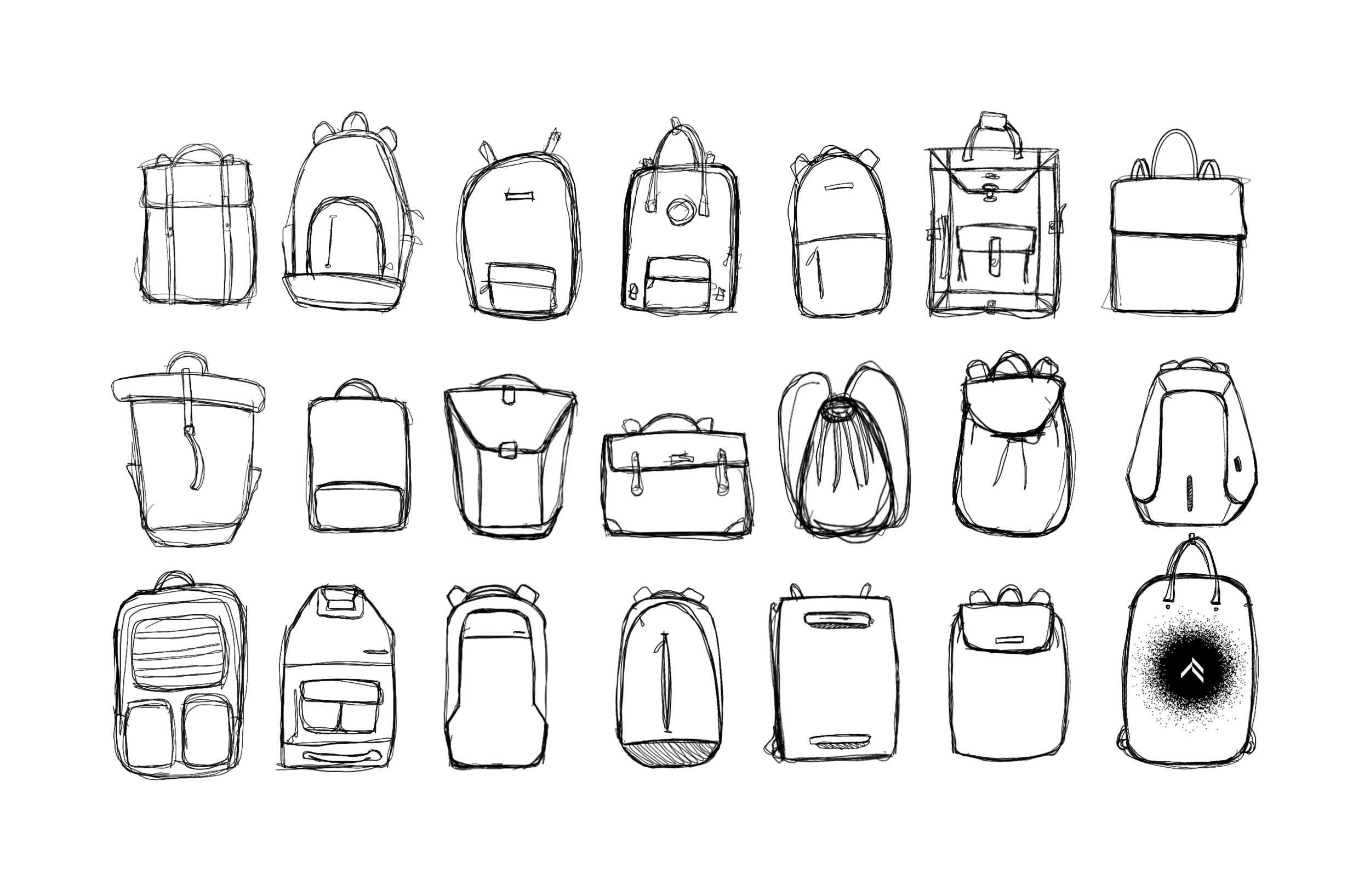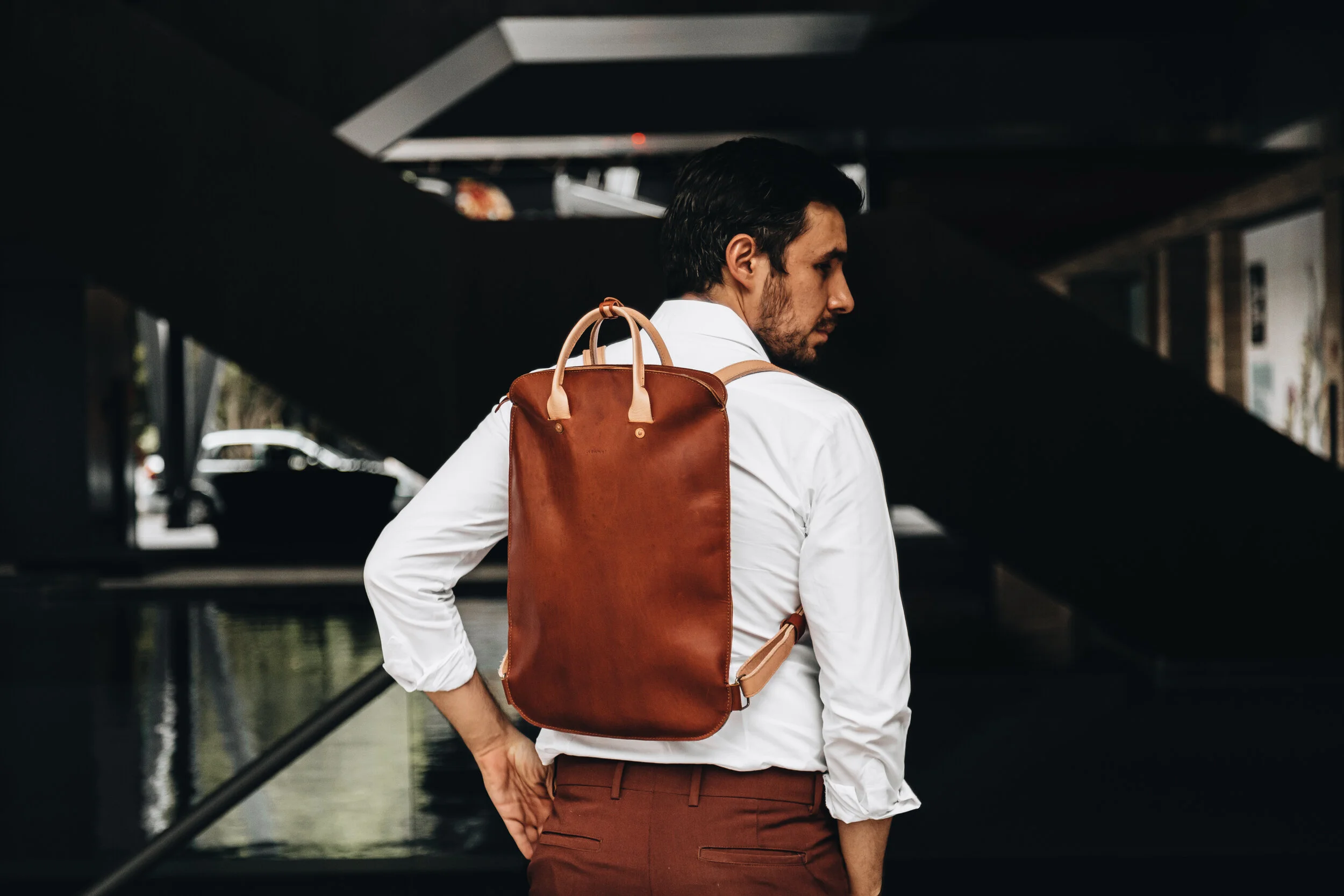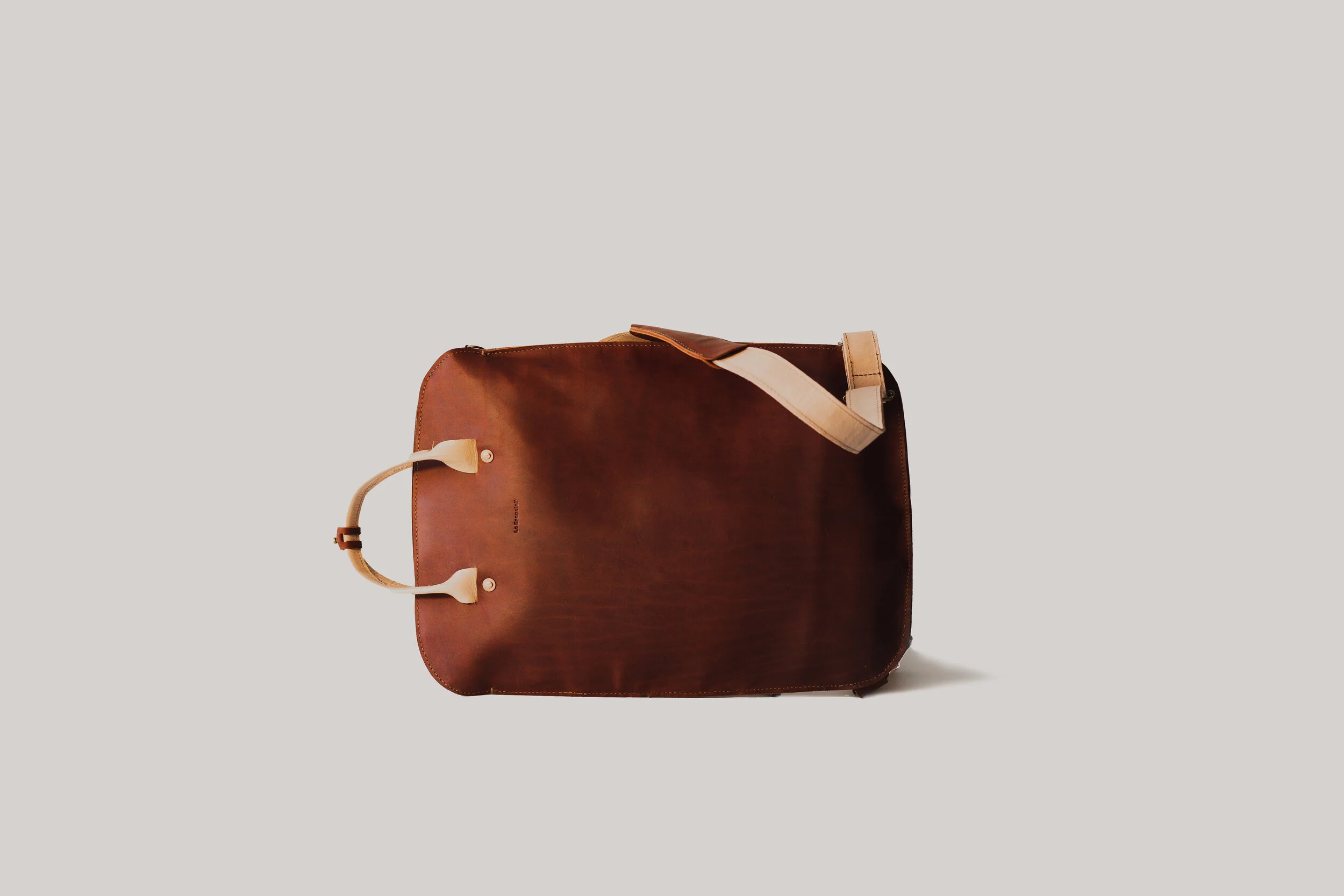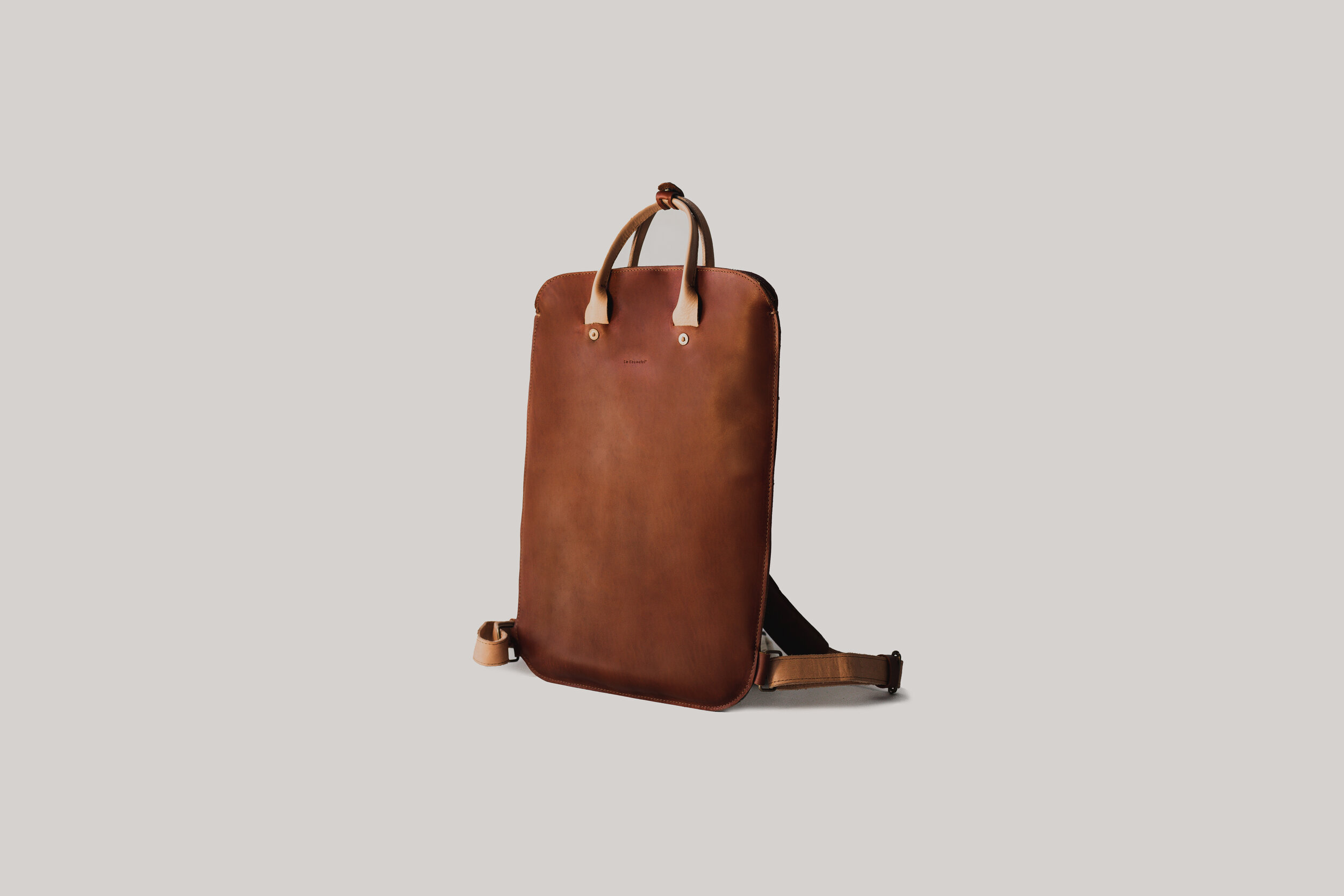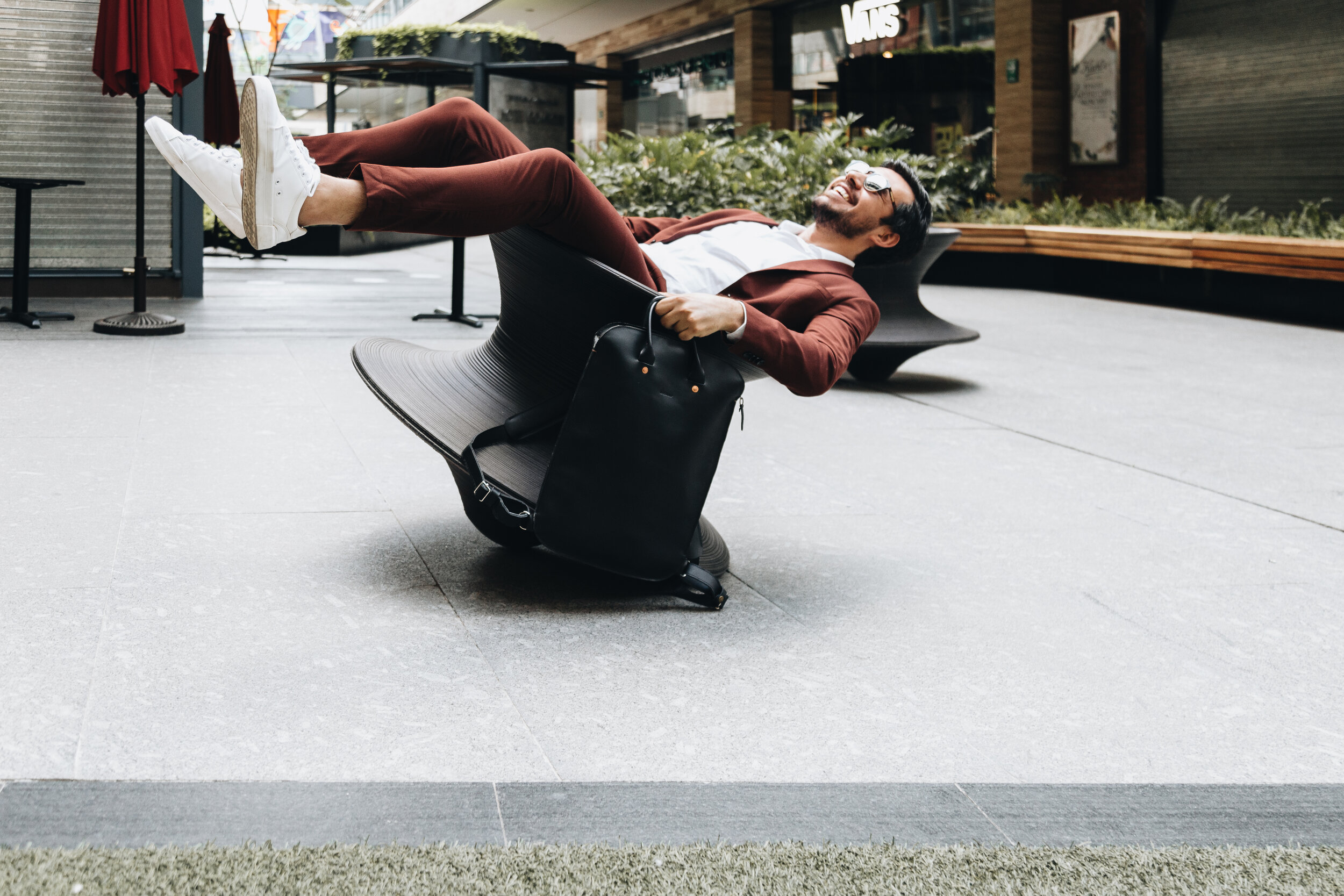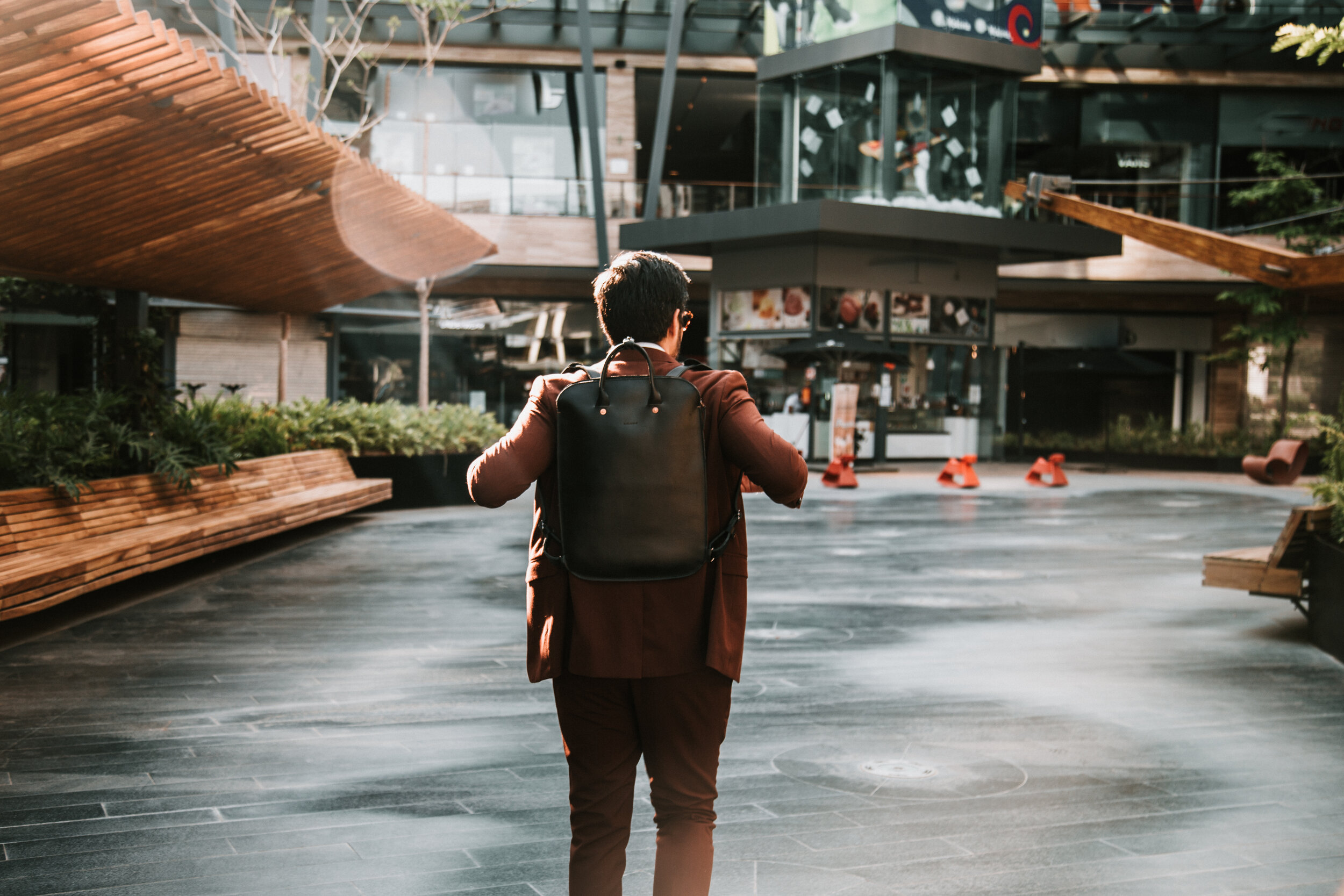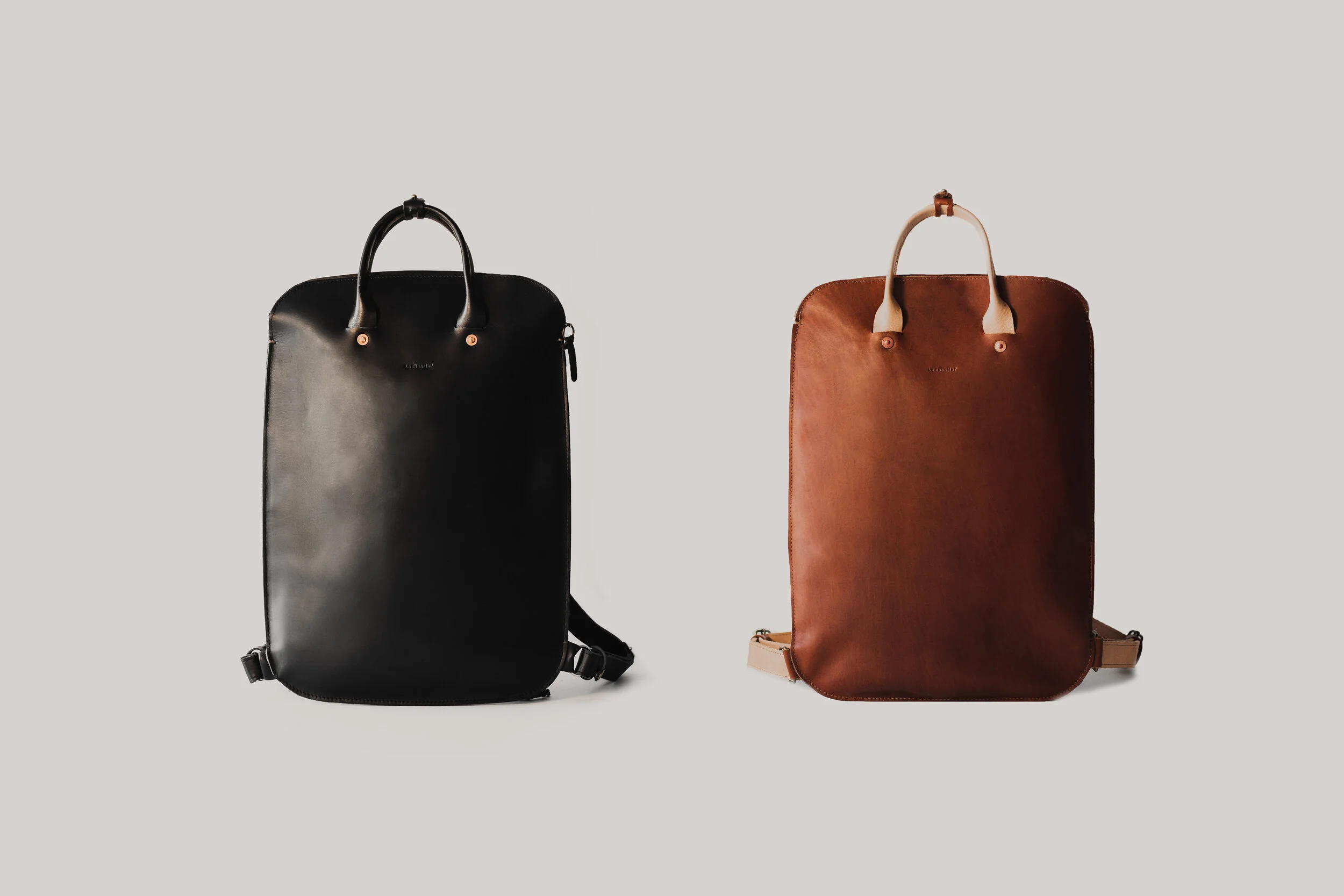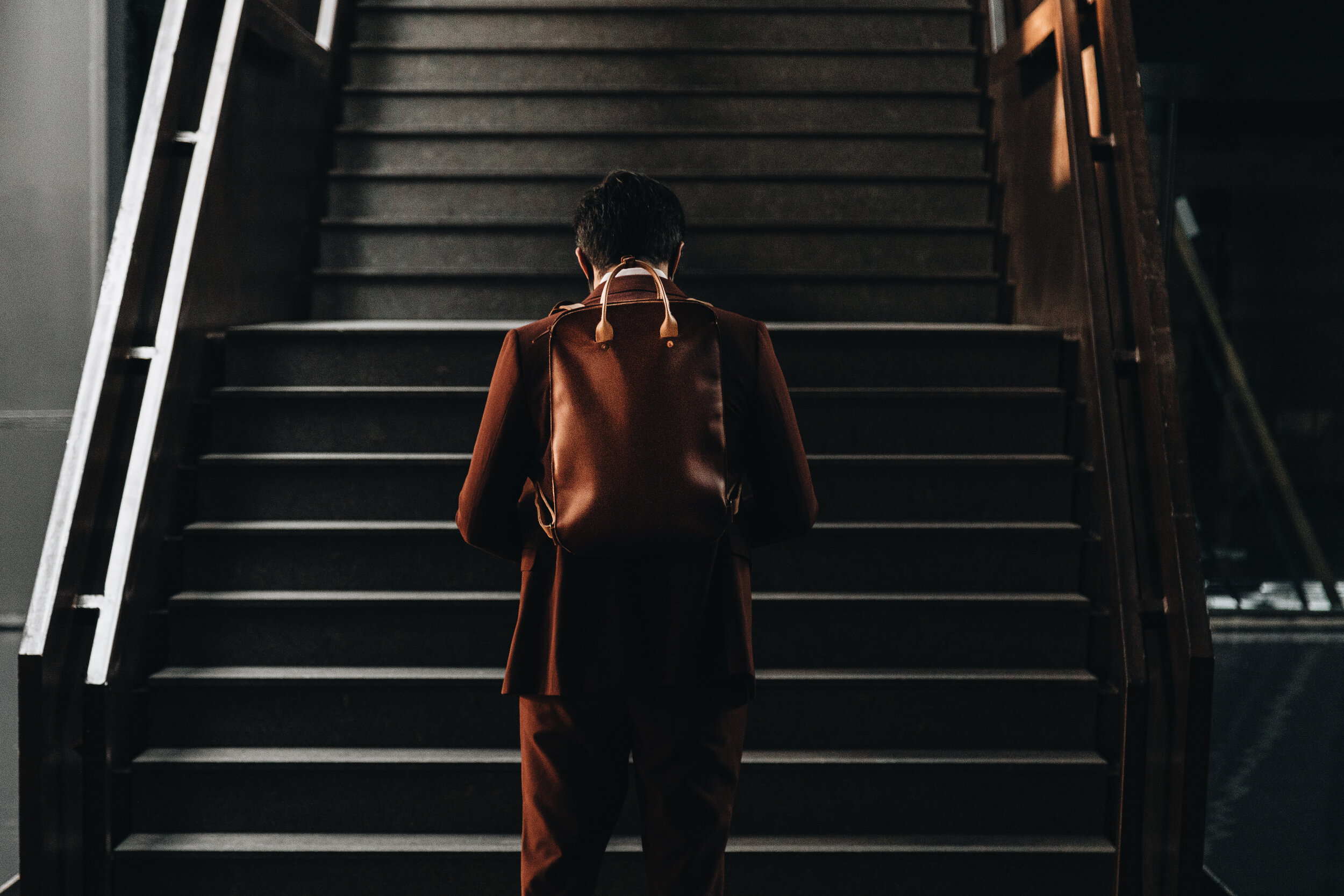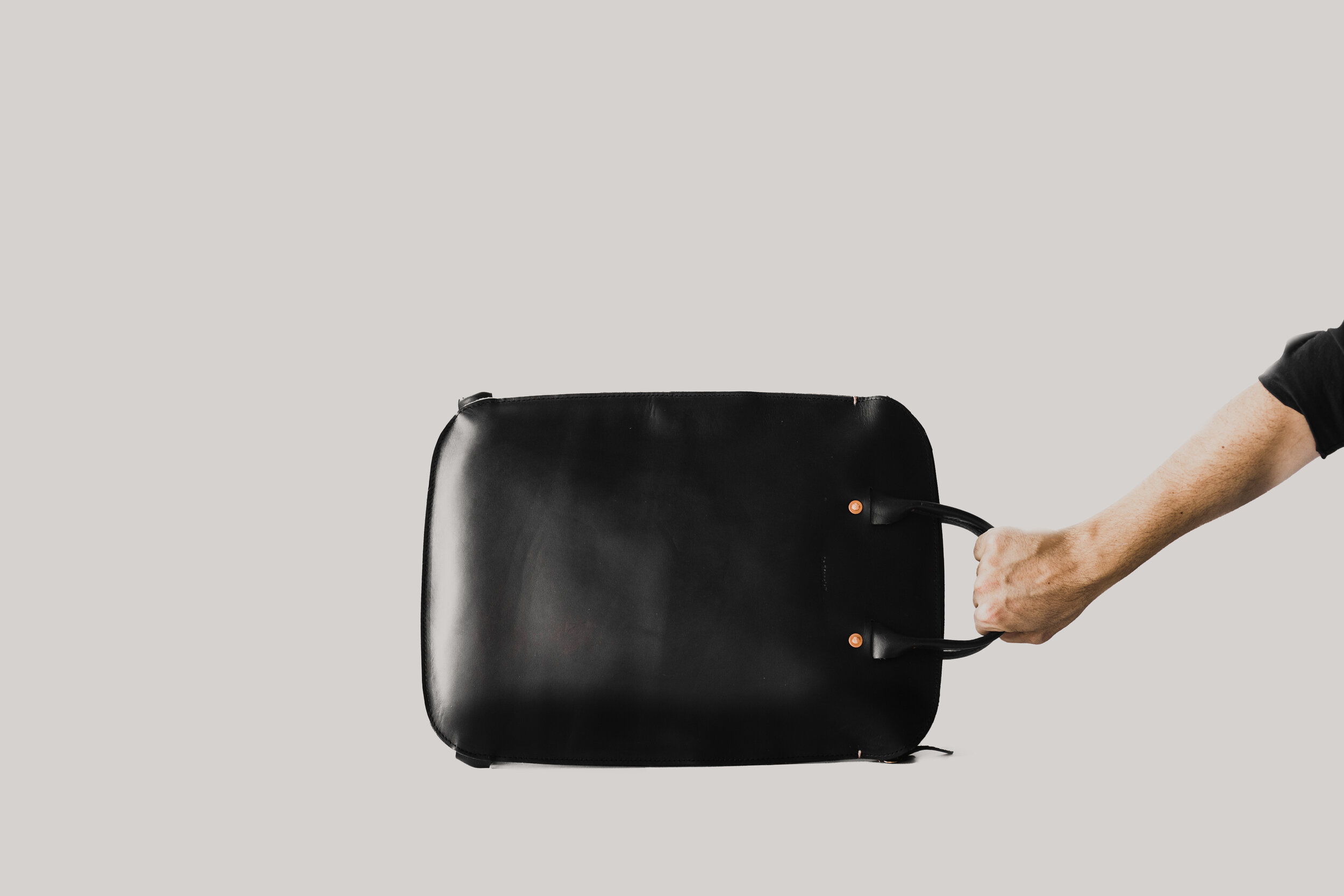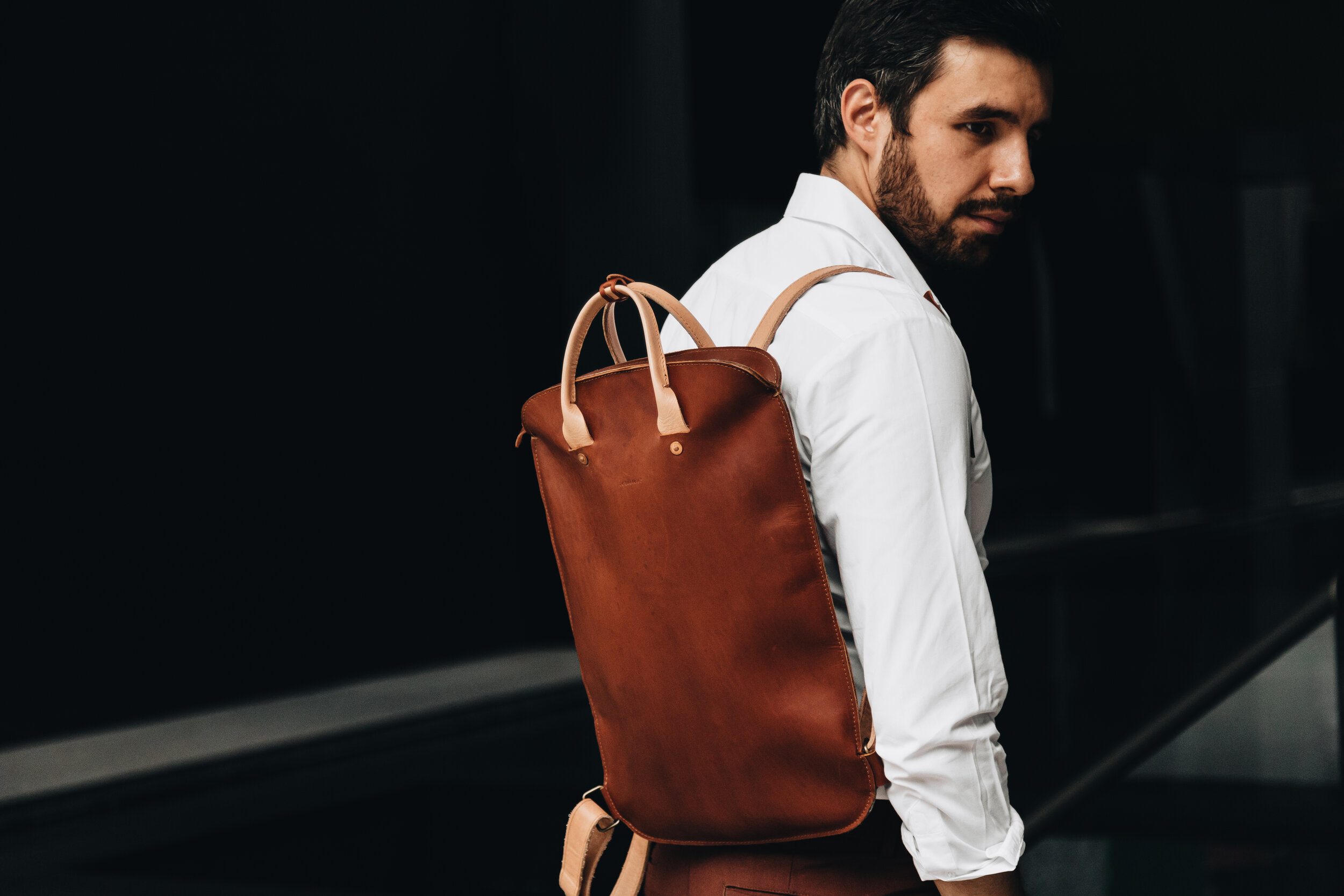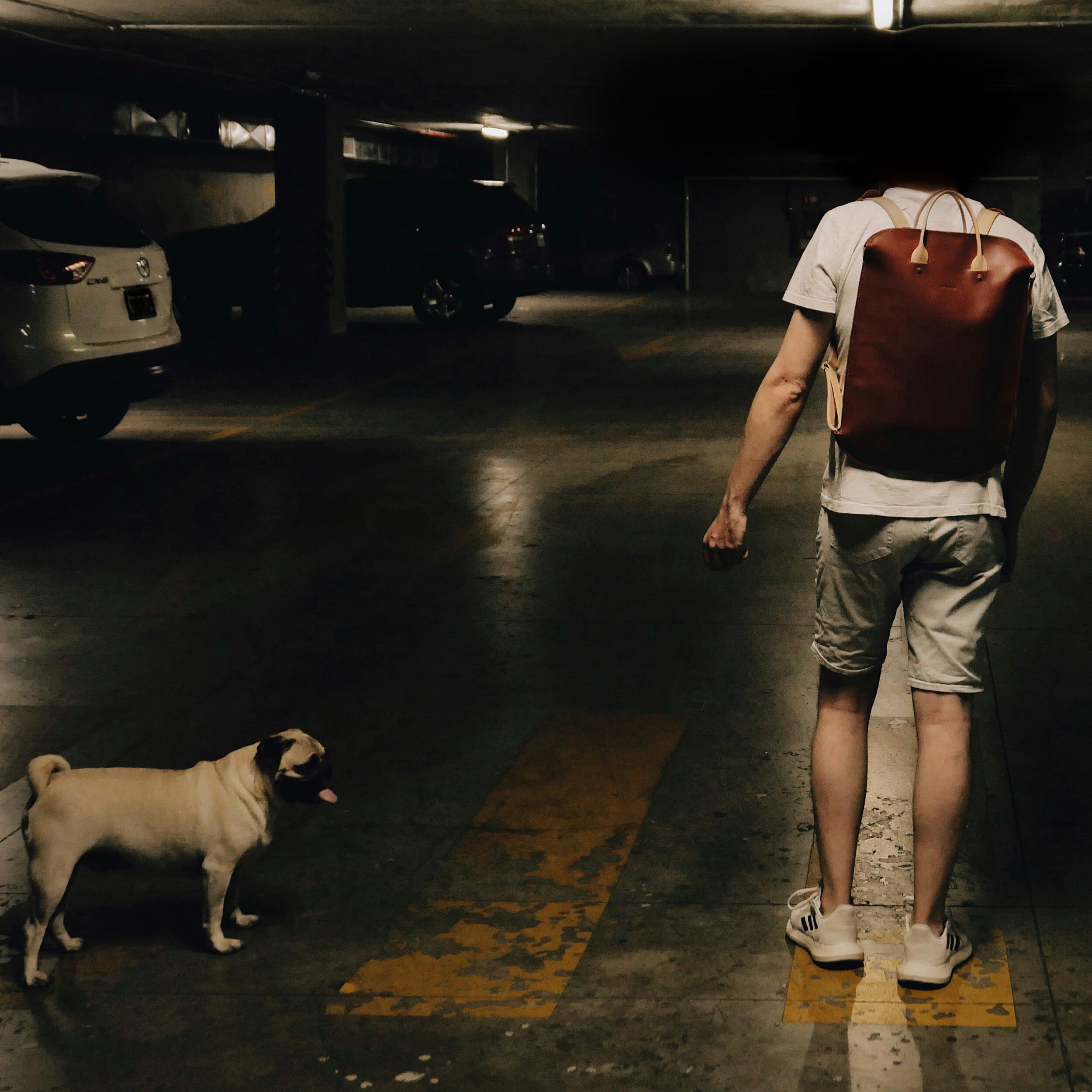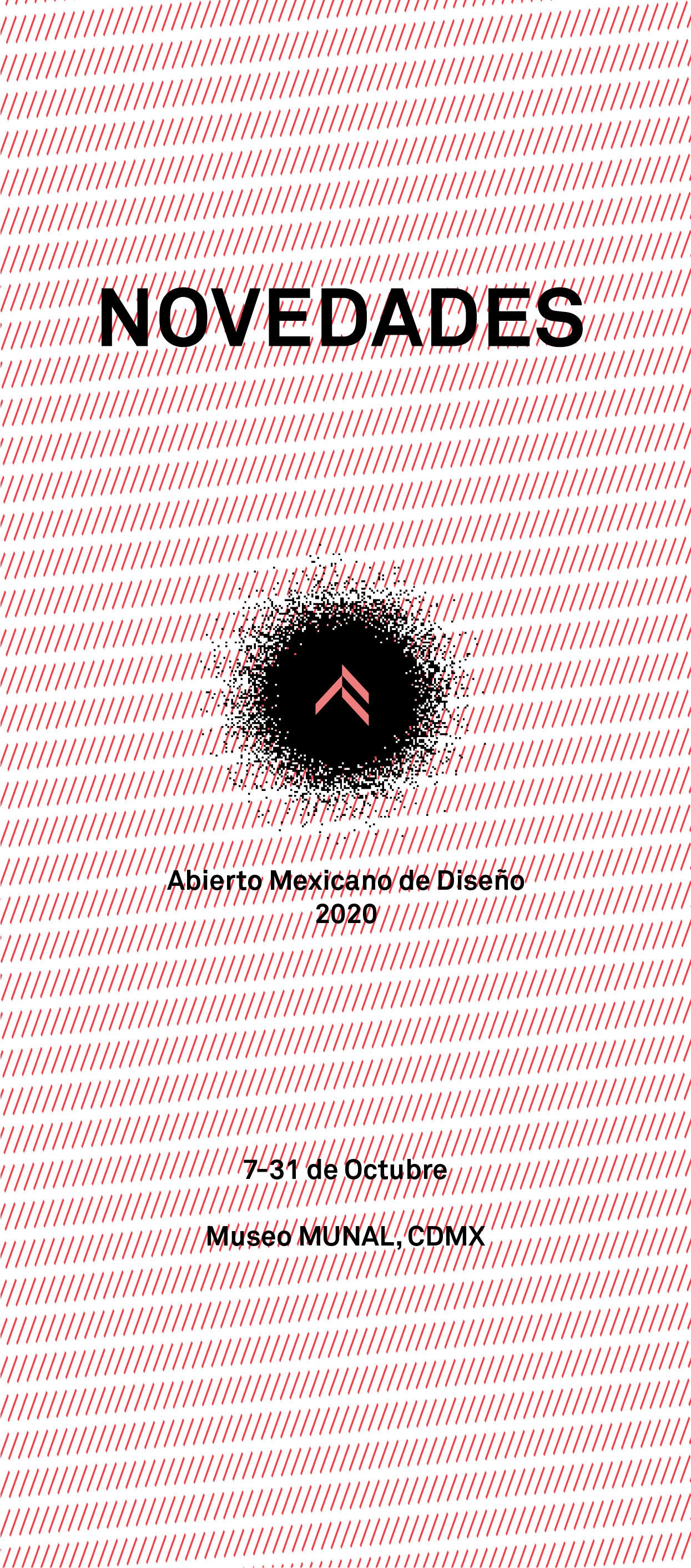Why am I seeing a backpack in a museum?
For its 2020 edition, the Abierto Mexicano de Diseño asked some questions with which we feel identified; the what, why, for whom and for what of an object that deserves to remain in a utopia. That is why CASE is here, an object designed to be iconic and last for generations in constant use. We believe that the timelessness of an object also lies in its utilitarian validity, generating pieces that are never obsolete.
We will now take a look at some of the details and peculiarities that make CASE a unique piece of equipment.
An object designed to be used every day.
With CASE, our aim was to achieve an object that would convey a utilitarian manifesto:
An essentially functional, minimal backpack, in which you can carry only a few objects, but in a comfortable, practical and safe way.
A simple, iconic backpack; one that has only the design aspects necessary to be easily recognized and can be proudly worn anywhere.
A comfortable backpack, full of details; comfortable enough to carry throughout the day and attractive enough to keep you looking at it.
A backpack whose capacity is not measured in liters; not just another bottomless bag to carry everything you can, but one to carry only what you need.
Part of what we would consider utopian in design is to erase the gap between veneration and utility; that people can have access to the objects they appreciate in galleries and museums, objects that have something to tell, being able to use them daily and being part of the intention of the piece beyond what the museum card mentions.
Made of a noble and durable material.
We are aware of the environmental and sustainability implications (both myths and realities) of using genuine leather in objects, but we have explored many of the options available, and we are adamant that it is one of the best materials for making everyday objects.
But why?
A good object improves with use. Dieter Rams mentions in one of his principles of good design that an object should be durable. Genuine leather due to its characteristics is a material that allows us to achieve this, as it improves and takes on more character over time, being able to provide utility and style for generations without being obsolete.
It is not a petroleum derivative. Most of the alternatives to the material (vegan leather) are plastics or blends of natural fibers with different polymers, having a high impact on waste generation. In addition, the durability of real leather is much greater than that of these materials.
Vegetable tanning. By treating the leather with tannins and vegetable oils, as well as obtaining a better feel and texture, less water is contaminated than with chrome tanning processes, obtaining the best of both worlds.
It is practically a recycled material. The skin (at least the one we use), we are 100% sure that it is a secondary product of the food industry, so if we analyze it from this perspective, it is given utility through transformation processes to a waste material.
¿
Do you have any additional questions about this part?
Just write us ;)
